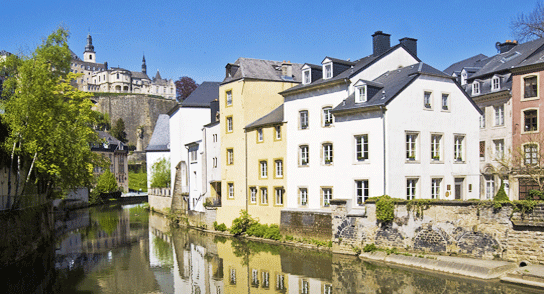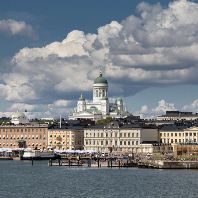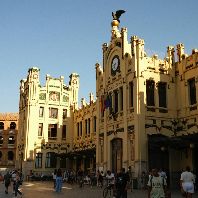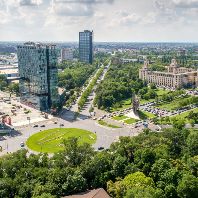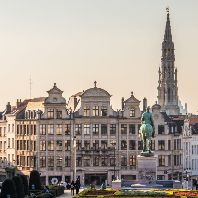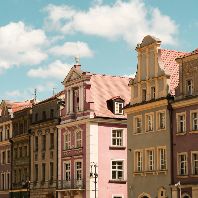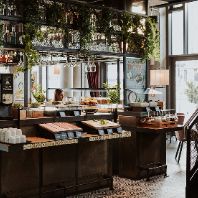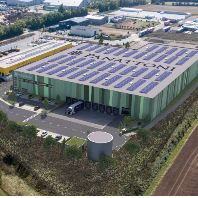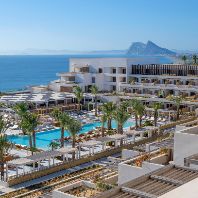ECONOMIC OUTLOOK
The financial sector, principally located in the City, which showed an alarming decline in the first quarter in the previous version of the national accounts, now appears less affected by the recent economic downturn according to STATEC's figures. The forecast for 2013 has deteriorated, as economists observe the situation in the Eurozone. Luxembourg's GDP is expected to grow by 0.5% for 2012 and it is predicted to reach 1% in 2013. It is considered that this level will not be able to halt rising unemployment levels and STATEC expects unemployment levels to have risen by 2.2% over the course of 2012. However, this rate is expected to fall by 1.3% in 2013 and reach an annual average rate of 6.5%.
INVESTMENT MARKET
The Luxembourg-City investment market represents 82% of total investment in 2012 and amounted to €413.28 million. Kirchberg represents 15.85% of the City Investment market, the Central Business District accounts for 28%, the Cloche d’Or for 45.12%, the Station for 7.31% and Strassen, which is located in the close periphery, for 4.87%. Prime yields in the office segment have remained under pressure at 5%-5.25%, whereas in peripheral locations yields have approached 8%. Investors have been focusing on central locations, with 82% of the volume concentrated in the city of Luxembourg. Within the city, Cloche d’Or has outperformed CBD, Kirchberg and Station with 35%.
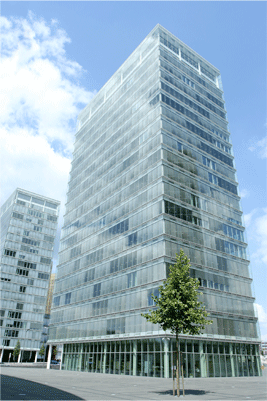 @Kent, Shutterstock.com
@Kent, Shutterstock.comOFFICE MARKET
The office market in Luxembourg-City reflects the national trend. The two most expensive districts are the Kirchberg and the Central business District with rents ranging from €30 to €33/m²/month and from €35 to €40/m²/month respectively.
The main difference is that the space in the CDB is limited, whereas Kirchberg can be largely expanded. 2012 has seen a few key developers active in the market, among which we can name Giorgetti, Pylos, Ikogest and aso. Two noteworthy sustainable projects are Allfin’s AIRE with a ‘Very Good’ Breeam rating and a new 24,000 m² office building in Kirchberg by Fonds de Compensation, which achieved a Breeam ‘Excellent’ certification. The latest is the biggest new development in the office sector started in 2012.
RETAIL MARKET
The decline in retail consumption is due to decreasing footfall and a drop in average customer spending. The effect of the crisis in this market started in the second half of 2012 and is expected to continue until the first half of 2013. Nevertheless, 2012 was marked by the continued upgrading of store names downtown (Chanel, Gucci among others). It should also be noted that the shift to single-brand persists (Tommy Hilfiger, Scotch & Soda) and it is expected to continue in 2013 in upper town with the entry of mid- and high-range trademarks like Mont Blanc, Cartier, LVMH, Boggi etc. Starting this spring, stores in the City will remain open one Sunday per month.
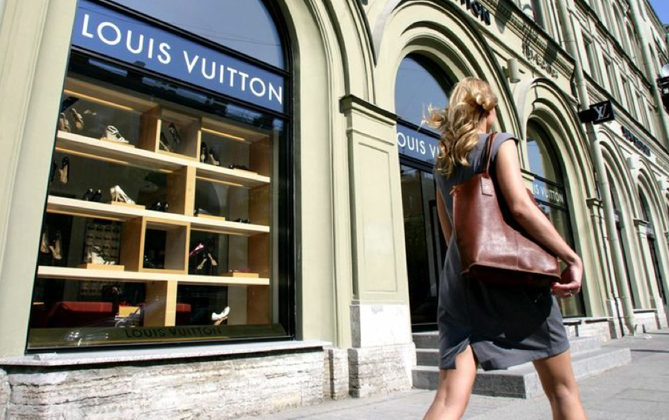 @Northfoto, Shutterstock.com
@Northfoto, Shutterstock.comHOTEL MARKET
While Luxembourg-City is a business destination rather than an attractive tourism hub, the Luxembourg hotel market has remained fairly stable during the course of 2012. The market is characterized by high visitor numbers on weekdays while hotels suffer slightly during weekends. The Luxembourg hotel business is heavily dependent on the financial sector as well as on EU institutional activity. No major additions to the supply were observed during the course of 2012.
Hotel performance peaked in 2007 and 2008 with average daily rates reaching an average of €105. The crisis left its marks over the period 2009 to 2011 with average rates declining to about €85 per night in 2010. The market recovered during 2011 and gradually increased again reaching an average of €100 during 2012. Occupancy rates reached approx. 73% in 2007 and declined to about 65% in 2010. For the period 2011 and 2012 the average occupancy rate reached about 70%. With some of the main demand generators reducing their travel costs, the Luxembourg hotel market is expected to remain stable, but with limited growth potential. With Accor clearly dominating the market, the highest barrier of entry are the expensive real estate prices in the Grand-Duchy.
